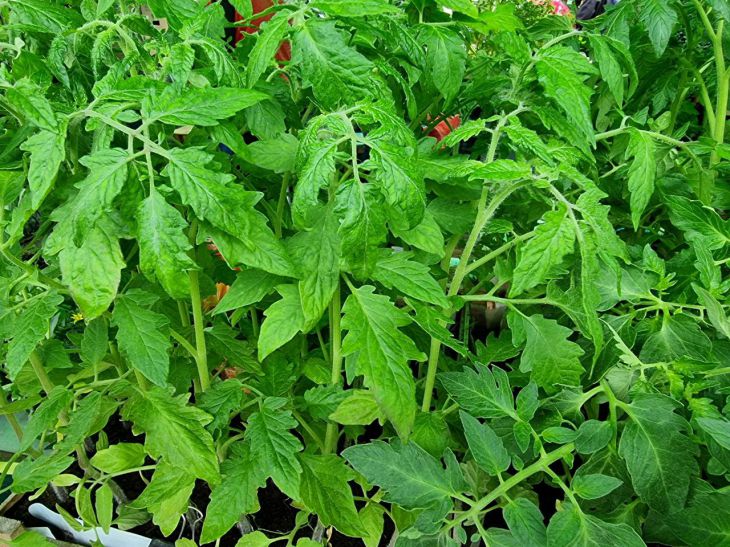Basic rules for growing tomato seedlings: what gardeners often forget
A good tomato harvest can only be obtained by growing high-quality seedlings.
When buying ready-made seedlings, you cannot be sure of the quality of the sprouts.
Therefore, it is better to grow tomatoes with your own hands. And for this, you need to know the rules for growing this crop.
When to plant tomato seeds for seedlings
The timing of planting tomatoes varies depending on the variety chosen. When buying seeds, it is worth studying the information about them and finding out when they ripen.
All varieties of tomatoes are divided into early, mid-season and late. If you know which group the purchased variety belongs to, you can easily determine the planting dates.

Most often, on the packaging itself, you can find information from the manufacturer about the recommended time to sow a particular variety. Therefore, if you are unsure about the correctness of the calculations, it is better to consult the recommendations of specialists.
How to prepare seeds and soil before sowing
First of all, the planting material must be disinfected, as this destroys pathogens. In this case, it is worth wrapping the seeds in gauze and leaving them for 20-30 minutes in a dark pink solution with potassium permanganate. After this, the seeds are washed with clean liquid and slightly dried.
To speed up the process of sprout formation, it is advisable to germinate the seeds. To do this, take a paper napkin, soak it in water and fold it in half. Place the seeds on one side and cover them with the remaining end.
Soil for growing tomato seedlings can be purchased at gardening stores. Any universal soil for vegetable crops can be used.
If you plan to use garden soil or add it to purchased soil, you should process it in advance. It is brought indoors and warmed up there for 3-5 days. To disinfect the soil, you need to pour it with potassium permanganate in a pink solution and leave it for a couple more days.
How to sow seeds
You can sow tomato seeds in separate containers or in one common container.
When sowing in different vessels, it is necessary to prepare the required number of plastic cups and make holes in the bottom of each of them for drainage. After that, a drainage layer is scattered along the bottom, for which expanded clay, small stones or eggshells are often used. Then the cups are filled with soil and abundant watering is carried out.
For sowing, it is worth making holes about 1-2 cm deep and placing 2-3 seeds in each of them. Then the soil is irrigated using a sprayer, and the containers are covered with film and put away in a warm place.
When using one container, do not choose containers that are too large. Such vessels are filled with soil and abundantly spilled with liquid.
After this, it is worth marking out rows with a distance of about 4 cm. The gap between seeds in a row should be 2 cm.
How to transplant seedlings
After the sprouts have grown, it is necessary to thin out the seedlings. Only the strongest plants are left.
However, you should not pull out the unwanted sprout to avoid damaging the roots of the plant growing nearby. You should carefully cut it off at ground level.
Picking begins after the formation of 2 true leaves. The sprouts should be carefully removed, leaving a small lump of earth, and transferred to separate vessels. The immersion depth should be such that the cotyledon leaves are at the surface of the earth.
After 10 days, a new root system is formed, which helps to accelerate the growth of tomatoes. Now they need a lot of light, as well as fertilizer.
Fertilizers are applied twice:
• 10 days after the day when the picking was carried out;
• 14 days after the first fertilization.
Growing tomato seedlings is not that difficult. If you follow the basic rules, the sprouts will be strong and healthy.
